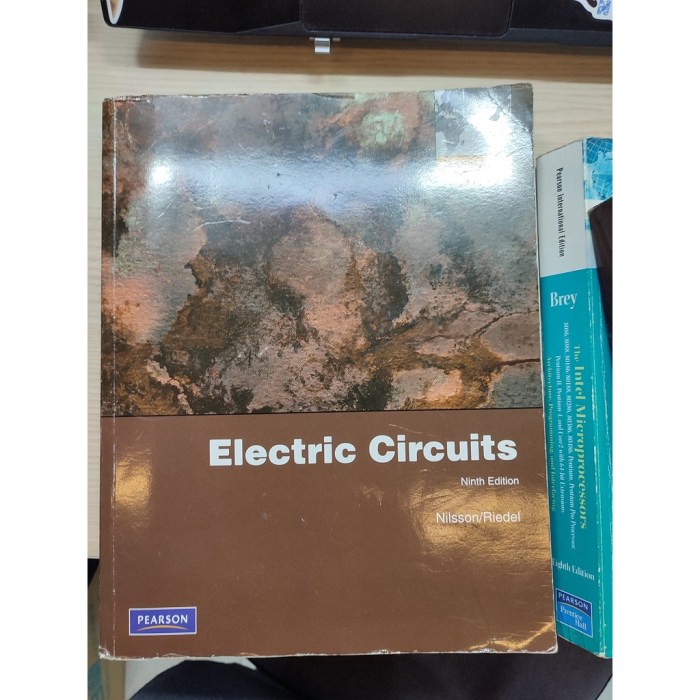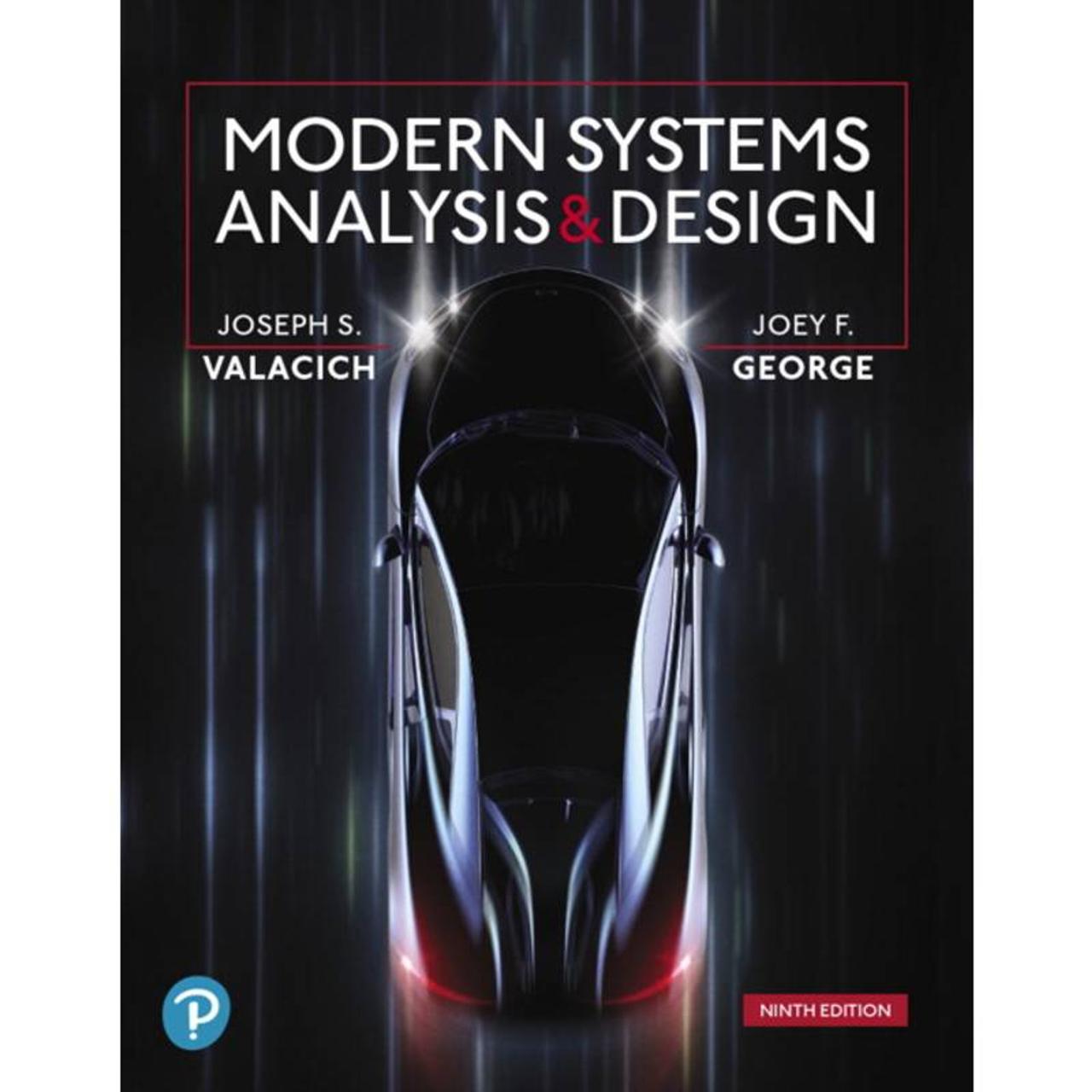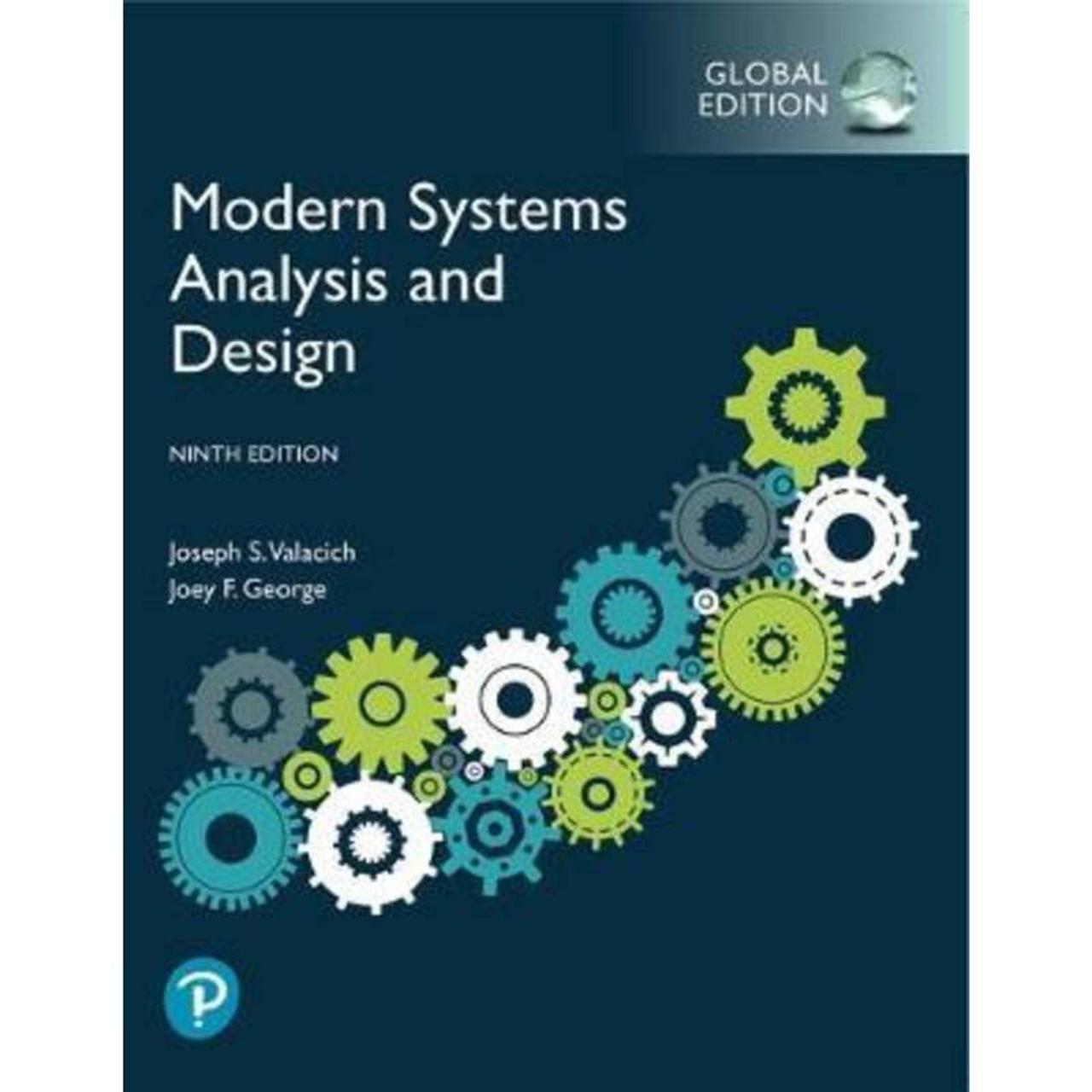The analysis and design of linear circuits 9th edition – Embark on a journey through the intricate world of linear circuits with the authoritative and engaging “The Analysis and Design of Linear Circuits, 9th Edition.” This comprehensive guide delves into the foundational principles and advanced techniques that govern the behavior of electrical circuits, empowering readers to master circuit analysis and design.
From the basic concepts of Ohm’s law to the intricacies of AC circuit analysis, this book provides a thorough exploration of circuit theory. Step-by-step explanations, real-world examples, and insightful discussions guide readers through complex topics, fostering a deep understanding of circuit behavior.
1. Introduction to Linear Circuit Analysis

Linear circuit analysis is a fundamental branch of electrical engineering that deals with the analysis and design of electrical circuits. It provides the foundation for understanding and manipulating electrical circuits, which are essential components in a wide range of electronic devices and systems.
Linear circuits are characterized by their linearity, which means that the output of the circuit is directly proportional to the input. This property makes linear circuits relatively easy to analyze and design, as the behavior of the circuit can be described by a set of linear equations.
Linear circuit analysis has a long history, dating back to the early days of electrical engineering. The first major breakthrough in linear circuit analysis was made by Georg Ohm in 1827, who discovered Ohm’s law, which relates the voltage, current, and resistance in a circuit.
In the years since Ohm’s discovery, linear circuit analysis has been developed into a powerful tool for understanding and designing electrical circuits.
2. Basic Circuit Elements and Laws
The basic building blocks of linear circuits are resistors, capacitors, and inductors. Resistors are devices that oppose the flow of current, capacitors store electrical energy in an electric field, and inductors store electrical energy in a magnetic field.
The behavior of these elements is governed by three fundamental laws of circuit analysis:
- Ohm’s law: The voltage across a resistor is directly proportional to the current flowing through it.
- Kirchhoff’s current law: The sum of the currents flowing into a node is equal to the sum of the currents flowing out of the node.
- Kirchhoff’s voltage law: The sum of the voltages around a closed loop is equal to zero.
These laws provide a powerful framework for analyzing and designing linear circuits.
3. Circuit Analysis Techniques: The Analysis And Design Of Linear Circuits 9th Edition
There are a variety of techniques for analyzing linear circuits. The most common techniques are nodal analysis, mesh analysis, superposition theorem, Thevenin’s theorem, and Norton’s theorem.
- Nodal analysis is a technique for solving circuits by writing a set of equations based on the nodes in the circuit.
- Mesh analysis is a technique for solving circuits by writing a set of equations based on the meshes in the circuit.
- Superposition theorem is a technique for solving circuits by analyzing each source independently and then combining the results.
- Thevenin’s theorem is a technique for replacing a complex circuit with a simpler equivalent circuit.
- Norton’s theorem is a technique for replacing a complex circuit with a simpler equivalent circuit.
Each of these techniques has its own advantages and disadvantages, and the choice of technique depends on the specific circuit being analyzed.
4. AC Circuit Analysis

AC circuits are circuits that contain alternating current (AC). AC is a type of current that reverses direction periodically. AC circuits are used in a wide variety of applications, including power transmission, electronics, and telecommunications.
The analysis of AC circuits is more complex than the analysis of DC circuits because the capacitors and inductors in AC circuits store energy. This stored energy can cause the voltage and current in an AC circuit to be out of phase.
The concepts of phasors, impedance, and reactance are used to analyze AC circuits. Phasors are complex numbers that represent the magnitude and phase of a sinusoidal waveform. Impedance is a complex number that represents the opposition to the flow of current in an AC circuit.
Reactance is the imaginary part of impedance.
The analysis of AC circuits is essential for understanding and designing AC circuits.
5. Circuit Simulation and Design

Circuit simulation is a powerful tool for designing and analyzing circuits. Circuit simulation software allows engineers to create a virtual model of a circuit and then simulate the behavior of the circuit under different conditions.
Circuit simulation can be used to verify the design of a circuit, to troubleshoot problems with a circuit, and to optimize the performance of a circuit.
There are a variety of circuit simulation software programs available. The choice of software depends on the specific needs of the engineer.
User Queries
What is the significance of linear circuit analysis in engineering?
Linear circuit analysis provides the foundation for understanding and designing electrical circuits used in a wide range of engineering applications, including power systems, electronics, and telecommunications.
How does this book approach the teaching of circuit analysis?
The book adopts a循序渐进 approach, starting with the basics of circuit elements and laws and gradually progressing to advanced topics such as Laplace transforms and state-space analysis. Numerous examples and practice problems reinforce the concepts and help readers develop their problem-solving skills.
What are the key features of the 9th edition?
The 9th edition includes updated content, new examples, and revised exercises to reflect the latest advancements in circuit analysis and design. It also features an enhanced focus on circuit simulation using industry-standard software.